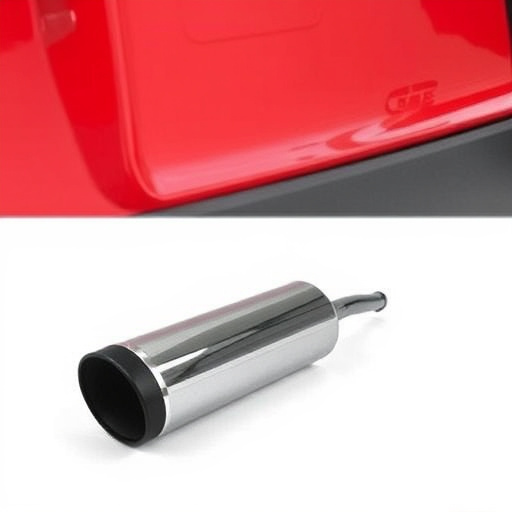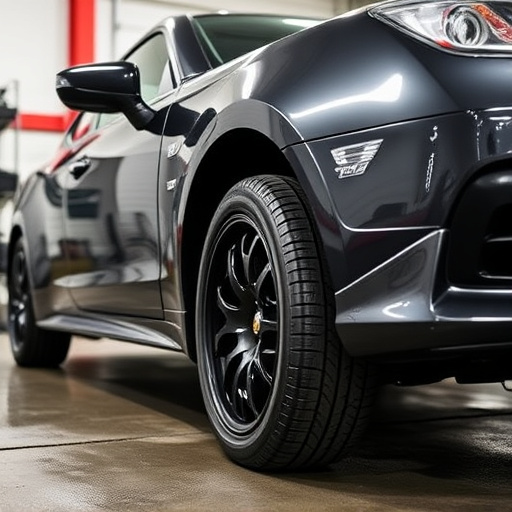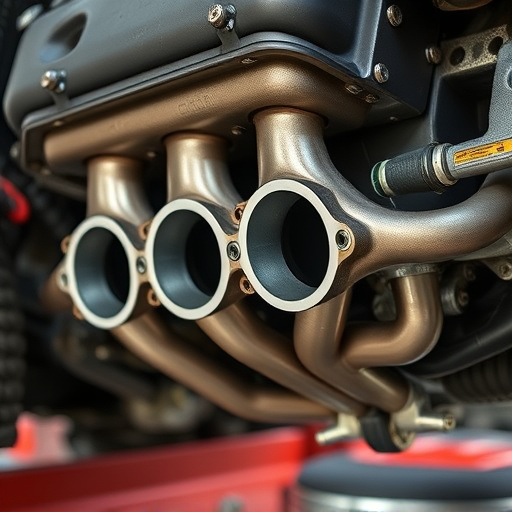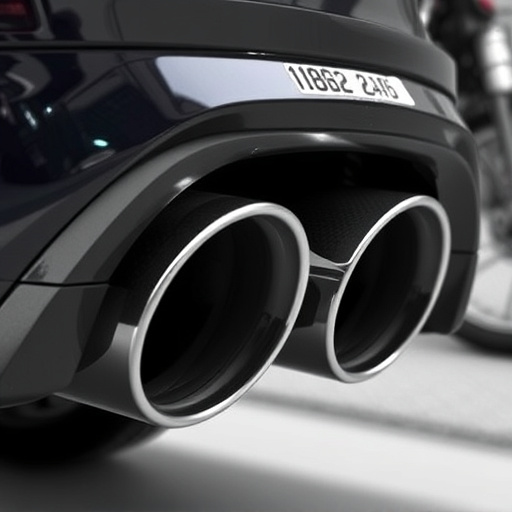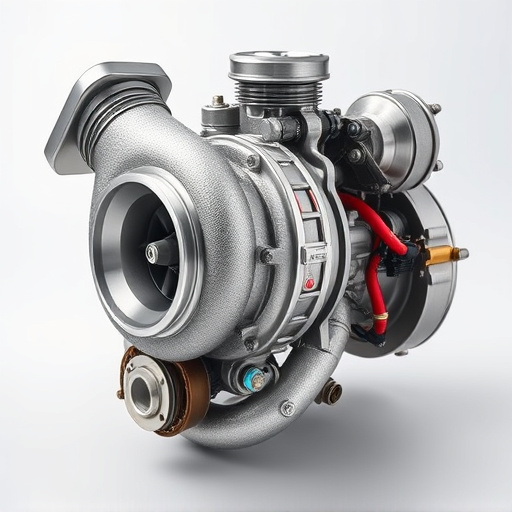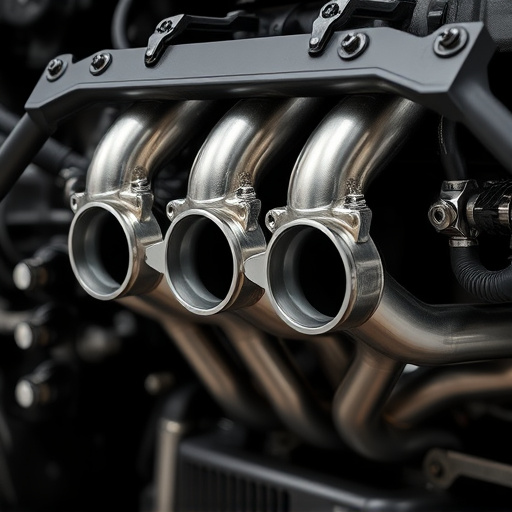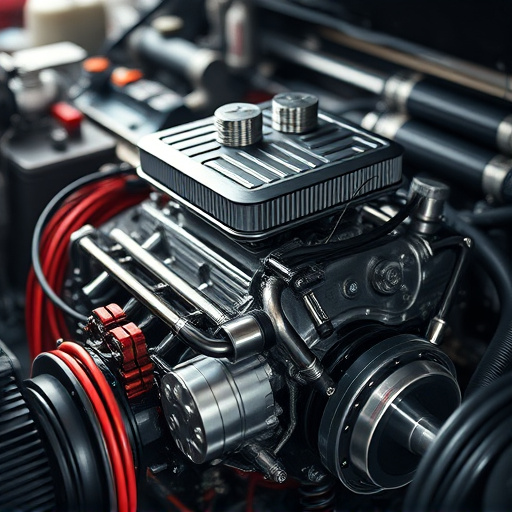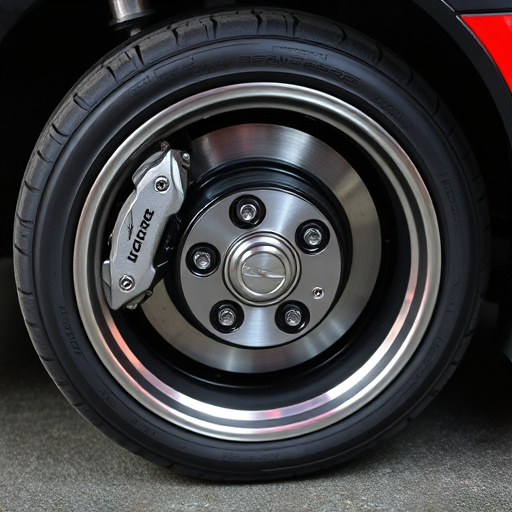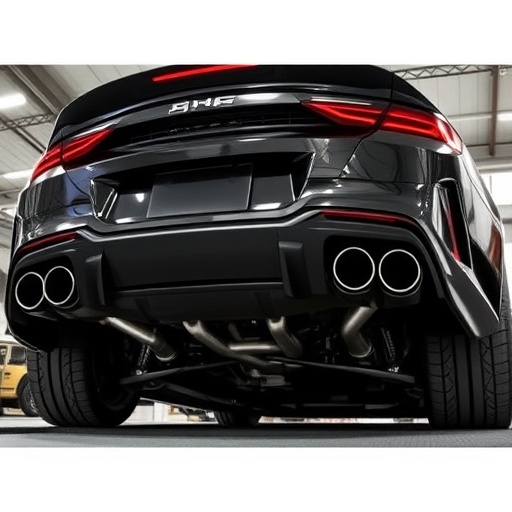Lowering springs combat lift-off oversteer by lowering the vehicle's center of gravity, enhancing stability and cornering control. Paired with performance upgrades like cold air intakes or coilovers, they optimize engine output and handling dynamics for safer, more enjoyable drives. Ensure compatibility with your vehicle and balance ride comfort with precision to maximize benefits.
In the pursuit of enhanced vehicle control, lowering springs stand out as a powerful tool to combat lift-off oversteer. This phenomenon, characterized by loss of traction during acceleration, can significantly impact driving dynamics. Understanding lift-off oversteer and its causes is crucial. This article delves into the science behind it and explores how lowering springs act as a game-changer in mitigation efforts. We’ll uncover the benefits and best practices for implementation, providing insights into optimizing your ride for improved performance.
- Understanding Lift-Off Oversteer and Its Impact
- The Role of Lowering Springs in Mitigation
- Benefits and Best Practices for Implementation
Understanding Lift-Off Oversteer and Its Impact

Lift-off oversteer is a common issue faced by many vehicle owners, especially those who enjoy a more aggressive driving style or live in regions with varied terrain. It occurs when the rear wheels lose traction during acceleration, leading to a loss of control and potentially causing the car to skid or slide. This phenomenon can be particularly problematic for high-performance cars equipped with powerful engines and enhanced handling systems.
When a vehicle experiences lift-off oversteer, the rear end becomes light, and the tires struggle to maintain grip, especially when accelerating from a standstill or exiting corners at speed. Lowering springs are an effective solution to mitigate this issue. By adjusting the ride height and enhancing the car’s overall stability, these springs can reduce the chances of lift-off oversteer, allowing for better control and a more responsive driving experience. Additionally, combining lowering springs with other performance upgrades like cold air intakes or coilover kits can further improve vehicle dynamics and braking capabilities, ensuring safer and more enjoyable drives.
The Role of Lowering Springs in Mitigation
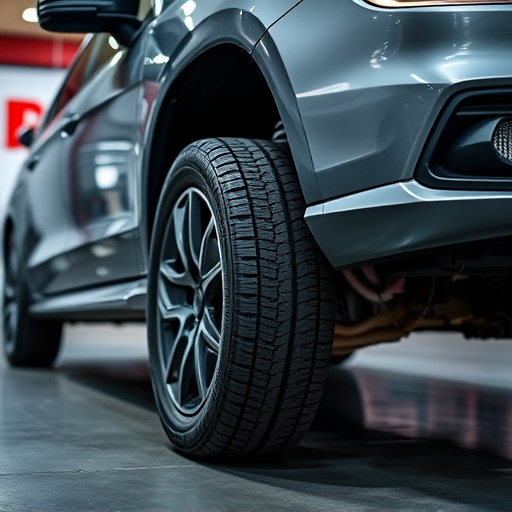
Lowering springs play a pivotal role in mitigating lift-off oversteer, a common issue faced by vehicle owners, especially during high-performance driving or when navigating through challenging corners. By lowering the vehicle’s center of gravity, these springs enhance stability and reduce the risk of wheel spin and loss of control. This effect is particularly noticeable when combined with other performance upgrades like cold air intakes or coilover kits, which further optimize engine output and handling dynamics.
Moreover, lowering springs can contribute to a more agile driving experience by improving cornering capabilities. When used in conjunction with well-designed exhaust tips, they allow for better weight transfer during cornering, resulting in enhanced traction and improved overall vehicle performance. This combination of upgrades not only reduces oversteer but also offers drivers a more responsive and controlled driving experience.
Benefits and Best Practices for Implementation
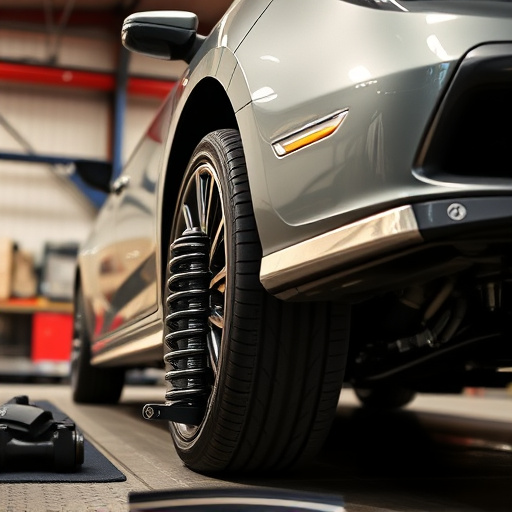
Lowering springs offer a plethora of benefits for vehicle owners seeking to enhance their driving experience and overall car performance. By lowering the vehicle’s center of gravity, these springs significantly reduce lift-off oversteer, making cornering more responsive and controlled. This is particularly advantageous in high-performance vehicles where precision handling is key.
When implementing lowering springs, best practices include ensuring compatibility with your vehicle’s frame and suspension system. Upgrading air intake systems and installing performance air filters can further optimize engine performance, complementing the effects of lowered springs. Additionally, upgrading brake rotors can enhance stopping power, crucial for maintaining control during aggressive cornering. It’s essential to strike a balance between ride comfort and handling precision to avoid compromising daily drivability.
Lowering springs have proven to be an effective solution for reducing lift-off oversteer, offering a simple yet powerful way to enhance vehicle stability. By implementing these springs, drivers can experience improved control and safety, especially in high-performance scenarios. This article has highlighted the significance of understanding oversteer, the crucial role of lowering springs in mitigation, and best practices for their use, ultimately emphasizing the benefits of this affordable and efficient modification.

